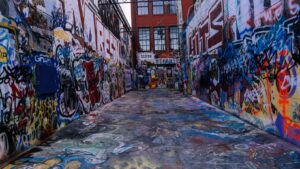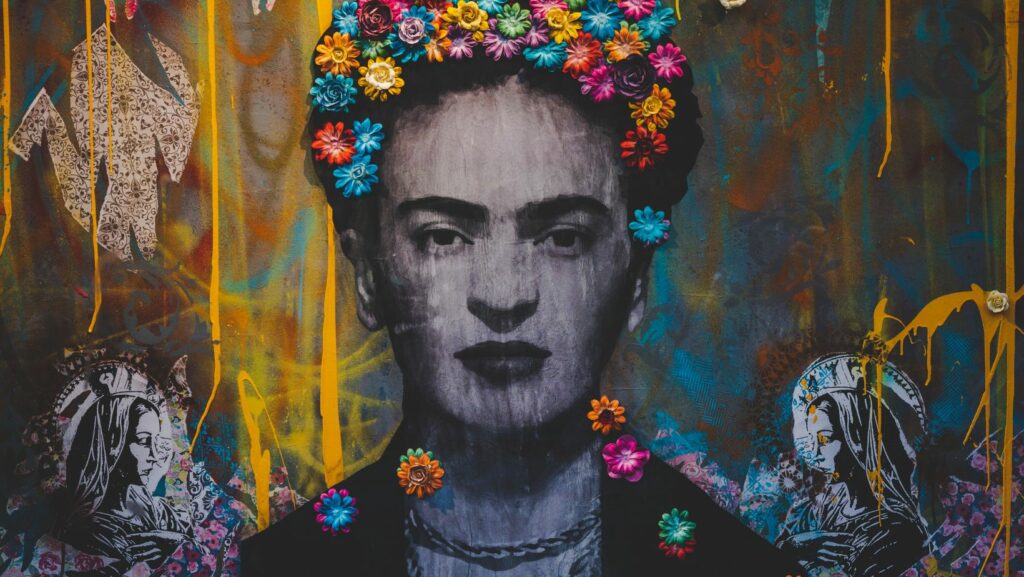Art:ozlttvs427e= Graffiti
Graffiti, often viewed as a rebellious art form, has evolved from clandestine street expressions to a celebrated cultural phenomenon. Once  dismissed as mere vandalism, it now graces galleries and public spaces worldwide, challenging perceptions and sparking conversations. This vibrant form of art captures the spirit of urban life, blending creativity with social commentary.
dismissed as mere vandalism, it now graces galleries and public spaces worldwide, challenging perceptions and sparking conversations. This vibrant form of art captures the spirit of urban life, blending creativity with social commentary.
As cities transform into sprawling canvases, graffiti artists push boundaries, using walls as platforms to voice their perspectives. Their work often reflects societal issues, personal narratives, and cultural identity, making graffiti a powerful medium for storytelling. With its roots deeply embedded in hip-hop culture, graffiti has transcended its origins, influencing fashion, design, and contemporary art.
The rise of graffiti has led to a new appreciation for its artistic merit and cultural significance. As more people recognize its value, the debate over its place in society continues. Whether it’s seen as art or defiance, graffiti undeniably leaves an indelible mark on the urban landscape.
History Of Art Graffiti
Art graffiti traces its origins to ancient civilizations, where markings on walls served as a means of communication and expression. In places like Pompeii, Roman citizens used graffiti to convey political opinions and messages. Fast forward to the late 1960s, and graffiti emerged in Philadelphia before gaining prominence in New York City. This era saw graffiti artists using spray paint and markers to create vibrant works on subway cars and buildings.
In the 1970s and 1980s, graffiti evolved with hip-hop culture. Artists such as Taki 183 and Jean-Michel Basquiat became influential  figures in the movement. Taki 183, known for his simple tags, helped popularize graffiti tagging. Basquiat, on the other hand, elevated graffiti into galleries and museums, blending it with other art forms to create Neo-expressionist works.
figures in the movement. Taki 183, known for his simple tags, helped popularize graffiti tagging. Basquiat, on the other hand, elevated graffiti into galleries and museums, blending it with other art forms to create Neo-expressionist works.
By the 1990s, art graffiti gained global recognition. Europe, Asia, and South America witnessed a surge in graffiti art, as artists used it to address social issues and challenge political regimes. Cities like Berlin, São Paulo, and Tokyo became canvases for international graffiti artists.
Throughout its history, graffiti has oscillated between vandalism and art. Legal battles and public policies tried to curb its spread, yet the underground culture persisted. Today, graffiti is celebrated in major art institutions and continues to influence popular culture and modern art movements.
Different Styles Of Art Graffiti
Graffiti encompasses a wide range of styles, each with its own unique expression and technique. These styles contribute to the diversity and richness of graffiti as an art form.
Tagging
Tagging represents the most basic form of graffiti. Artists leave their signature or personalized logo in a stylized manner. It’s quick to execute, usually requiring only a single color and is often the first step for emerging graffiti artists.
Throw-Ups
Throw-ups involve more complexity than tagging. They commonly display bubble letters or simple forms with two or three colors. This style strikes a balance between speed and visual impact, often found in urban areas where quick execution is necessary.
Wildstyle
Wildstyle pushes the creative boundaries of graffiti. It features intricate, interlocking letters and shapes. This style demands skill and practice, often incorporating arrows, curves, and other elements that transform letters into dynamic, abstract compositions.
The Cultural Impact Of Art Graffiti
Art graffiti reshapes cultural dynamics by providing a visible platform for marginalized voices. It operates as a form of grassroots activism, spotlighting social injustices and sparking public discourse. In urban environments, graffiti democratizes art by making it accessible to all,  blurring the lines between high art and public expression.
blurring the lines between high art and public expression.
This impact on fashion and design is evident in streetwear brands adopting graffiti aesthetics. Bold, colorful designs often reflect the vibrancy and attitude of graffiti culture, influencing trends globally. Art institutions have also embraced graffiti; museums and galleries now curate exhibitions celebrating its artistic value.
Graffiti’s presence extends beyond visual art into music and media, particularly in hip-hop, where it embodies a visual soundtrack for the genre. The art form’s raw, expressive nature parallels the lyrical narratives of hip-hop artists, creating a symbiotic relationship that enhances both mediums.
Cities have also integrated graffiti into urban development strategies. Murals, now recognized as tools for beautification and cultural tourism, transform neglected areas into vibrant community hubs.

